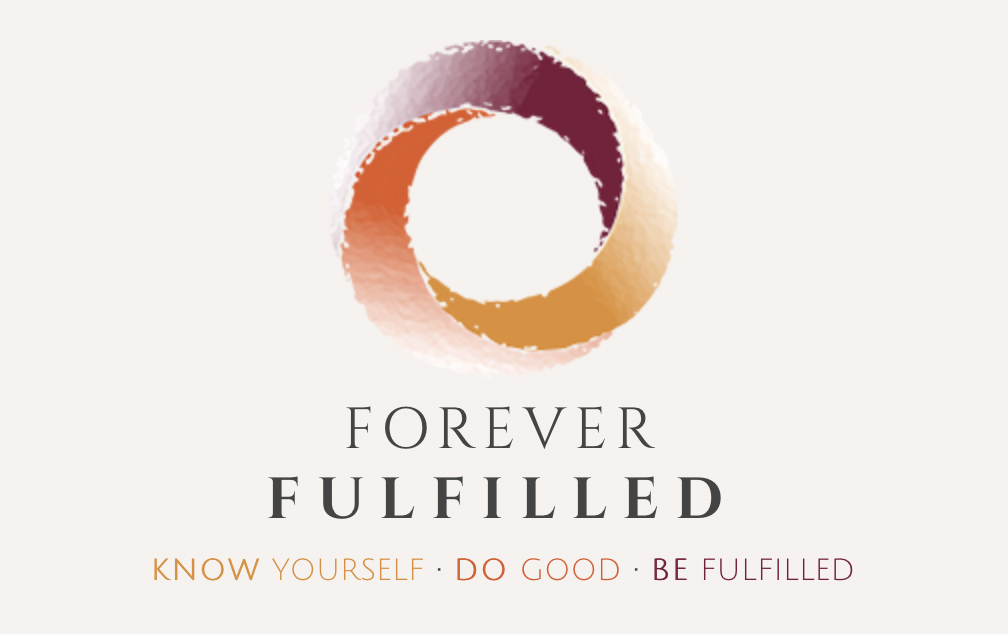TO MEDITATE OR NOT TO MEDITATE?
THAT IS THE QUESTION!
People resort to meditation for a variety of reasons. Some like to meditate just for fun, others for relaxation, while a few others meditate to go with the flow. Still some curious ones want to try myriad forms of meditation, having done some quick “window-shopping” on the internet. There is actually quite a variety of meditation forms out there to choose from: namely, [Om] Mantra Meditation, Chakra Meditation, Kundalini Meditation; then there is Zazen, Vipassana, Mindfulness Meditation, Transcendental Meditation, Taoistic Meditation, Qigong Meditation.
And if that is not already enough, and one wants more peppered, nuanced, and customized variety, one may still go for Guided Imagery, Creative Visualization, Lucent Dreaming, Nada Yoga, Kriya Yoga, Third Eye Meditation, Navel-Gazing and so forth. Or else try the ubiquitous stress reduction, count/watch-your-breath sort. Then there is also the option of eyes fully closed, half-closed or fully open—to say nothing about the sitting, walking, and lying down, and swimming meditation varieties.
The following story humorously illustrates the state of happy confusion that surrounds meditation world these days:
Once a person was meditating with his eyes tightly closed.
He was also repeating an unintelligible mantra.
His wife noticed it and the following exchange ensued:
(questions by the wife, answers by ‘you know who’)
What are you doing?
I am meditating.
Why are you meditating?
To release my stress!
What stress? I am the one who does all the work:
shopping, cooking, laundry, paying the bills.
Why are you stressed?
I am just stressed.
And what is this thing that you are uttering, slowly?
It is a mantra. It is a very precious mantra.
[…coming to the real question, the wife asks…]
How much did you pay for it?
500 dollars.
500 dollars?!!
Last month, when we wanted to buy a vacuum cleaner,
you said, “Honey, let’s buy a used one.
We are on a limited budget!”
And you spent 500 dollars on this trivial thing! I can’t believe it.
What is this mantra?
I cannot tell you. My guru told me not to tell it to anybody.
What??!!! Not even to me? I am your wife!
Sorry, honey, I cannot. I took a vow of secrecy.
How can you keep secrets from your wife?
Sorry. I cannot. I really can’t.
That’s it! I have had it. I am leaving right now!!!!
Saying this, his wife left him for good.
The man opened his eyes and joyously exclaimed:
“This mantra thing really works!”
There you have it! Without knowing what we want, we will not know the difference between what we want to get and what we want to get rid of. Knowing one’s purpose is as pivotal in meditation as in any other serious pursuit. Buyers beware. Mantras do work, albeit in some mysterious ways. Above all, do stay away from ‘quick-fix-it-all’ ‘enlightenment-in-sixty-seconds’ variety deals.
As stated before, the Bhagavad Gītā provides succinct guidelines about the ‘how to’ of meditation in chapter six. We quote the following quintessential verse on the means and the end of meditation:
शनैः शनैरुपरमेद् बुद्ध्या धृतिगृहीतया ।
आत्मसंस्थं मनः कृत्वा न किञ्चिदपि चिन्तयेत् ॥ ६.२५ ॥
śanaiḥ śanair uparamed buddhyā dhṛtigṛhītayā /
ātmasaṃsthaṃ manaḥ kṛtvā na kiṃcid api cintayet // 6.25
By the intellect held in firmness, may one slowly resolve the mind in the Self (ātman).
Keeping the mind established in the Self, may one not think of anything else.
Let us see what people generally want to get out of meditation. Most people want peace of mind, the “calming effect.”
Some want to gain concentration; while others want greater clarity and sharper memory. A few others want to cure their headache or migraine through meditation. While all such reasons may have their relative legitimacy, we should remember that the “wanting attitude” or the “gaining mindset” could actually be greatly counterproductive to the very spirit of meditation. Meditation accords the greatest avenue to get in touch with our deepest self, for the profoundest secrets of the Self are revealed only in the stillness of mind, in the silence of soul. If we approach meditation practice with the mindset of “acquiring something” or ‘what-is-in-it-for-me’ attitude, it may turn out to be just another mundane activity or mind-game. Perhaps, it is not what we gain but rather what we lose which may determine the true value of a mediation practice, as the following story splendidly illustrates:
The Buddha was once asked, “What have you gained from meditation.”
“Nothing,” he replied.
However, the Buddha added, let me tell you what I lost: anger, anxiety, depression, insecurity, fear of old age and death.
So, what is the litmus test? How can one can gauze one’s progress on the path of meditation through a simple test. Ask yourself: In the post-meditation period…
Am I becoming more calm, humble, peaceful, considerate, generous, grateful, tolerant, forgiving, cheerful, understanding, accepting, responsible, life-affirming, celebrative, loving, joyous, kind and compassionate? Am I growing in goodness?
Love, joy, and compassion are signs of being awake.
Anger, hatred, and greed are signs of being asleep.
Awakening to our real nature—
the sole purpose of all spiritual practice.
Von Voyage and Godspeed.


Recent Comments